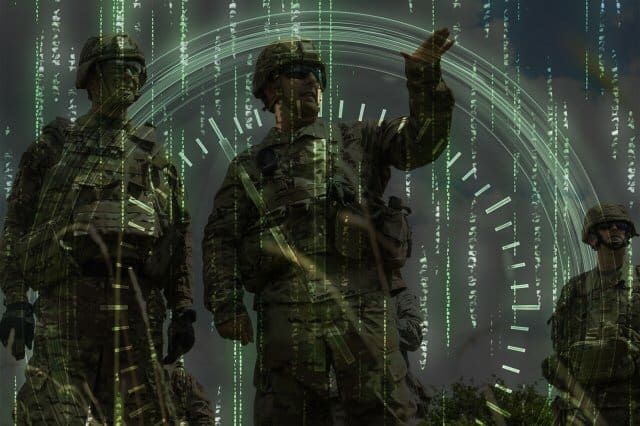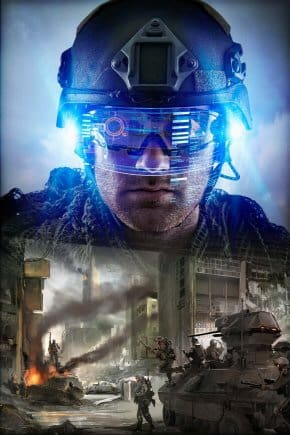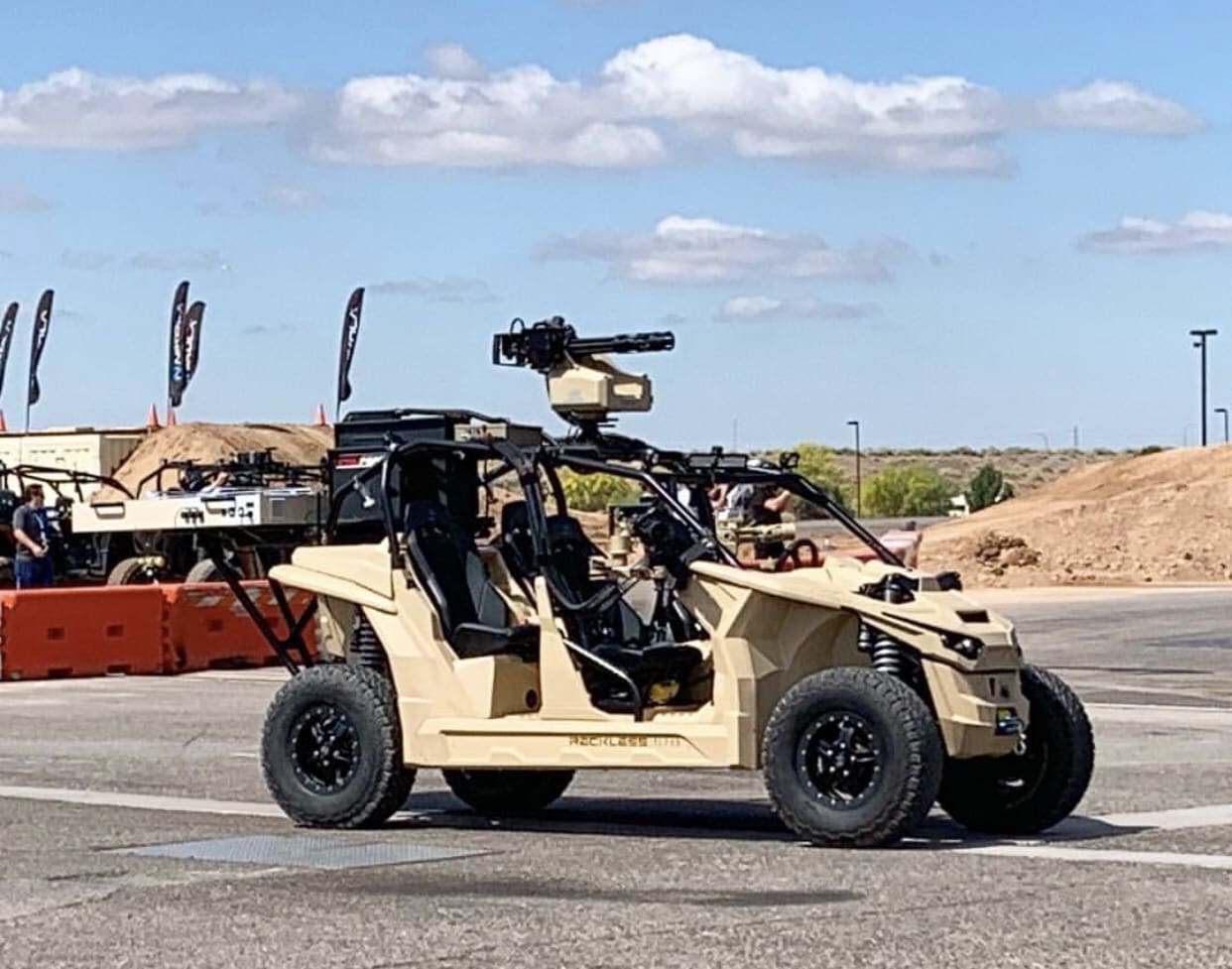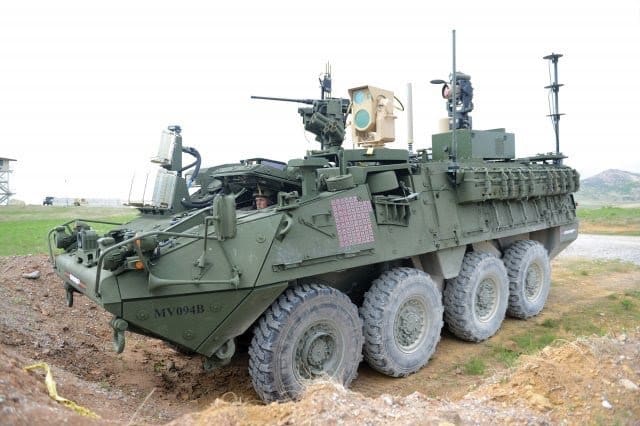
WASHINGTON — The Army is accelerating its efforts to field a directed-energy prototype system by fiscal year 2022, and hypersonic weapon prototype by fiscal 2023.
For starters, the Army is fast-tracking the development and procurement of the Multi-Mission High Energy Laser, or MMHEL system, said Lt. Gen L. Neil Thurgood, director of hypersonics, directed energy, space, and rapid acquisition.
The MMHEL is a 50-kilowatt laser retrofit to a modified Stryker vehicle, designed to bolster the Army’s maneuver short-range air defense capabilities, according to officials with the Army Rapid Capabilities and Critical Technologies Office.
The Army is slated to field a four-vehicle battery by late fiscal 2022, Thurgood said. The new system was meant to be maneuverable, while protecting brigade combat teams from unmanned aerial systems, rotary-wing aircraft, and rockets, artillery, and mortars.
Further, the Army will consolidate efforts with the other services and agencies to help improve directed-energy technology, the general added. While the Army is executing a demonstration of 100 kW high-energy laser technology on a larger vehicle platform, it is working with partners to exceed those power levels.
HYPERSONIC WEAPONS
In addition to the MMHEL, the Army is expected to field a four-vehicle battery of long-range hypersonic weapon systems the following fiscal year.
Four modified heavy expanded mobility tactical trucks, or HEMTTs, will be equipped with a launcher. Each vehicle will carry two hypersonic weapon systems — totaling eight prototype rounds, Thurgood said.
“The word hypersonic has become synonymous with a particular type of missile,” he explained. “Generally, hypersonics means a missile that flies greater than Mach 5 … that is not on ballistic trajectory and maneuvers.”
The hypersonic system will also rely on the Advanced Field Artillery Tactical Data System 7.0, which is currently available to artillerymen, for command and control.
“Within the Army’s modernization plan, there is multi-domain, and there is the Multi-Domain Task Force. Part of that task force [includes] a strategic-fires battalion and in that strategic fires battalion [will be] this [hypersonic] weapons platform,” Thurgood said.
“It is not long-range artillery. It’s a strategic weapon that will be used … for strategic outcomes,” he added.
RESIDUAL COMBAT CAPABILITY
Overall, the MMHEL and hypersonic systems will both move into the hands of Soldiers as an experimental prototype with a residual combat capability, Thurgood said.
“When I say experimental prototype with residual combat capability, and as we build the battery of hypersonics … that unit will have a combat capability,” Thurgood said. “Those eight rounds are for them to use in combat if the nation decides they want to apply that in a combat scenario. The same [applies] for directed energy.”
In addition to providing an immediate combat capability, Soldiers will have an opportunity to learn the new equipment and understand the “tactics, techniques, and procedures” required to use each system during combat, the general added.
Further, the Army will also receive valuable feedback to help shape potential broader production of each system after they transition to a program of record.
The Army has already initiated the contract process to develop the prototype hypersonic systems. Senior leaders plan to award vendors by August, Thurgood said.
With both systems, “what we’re trying to create [is an] an opportunity for a decision, based on actual use by a Soldier,” he said. “Does this thing do … what we needed it to do? Do we want to continue and make it better, or do we want to have other choices?”
By Devon L. Suits, Army News Service


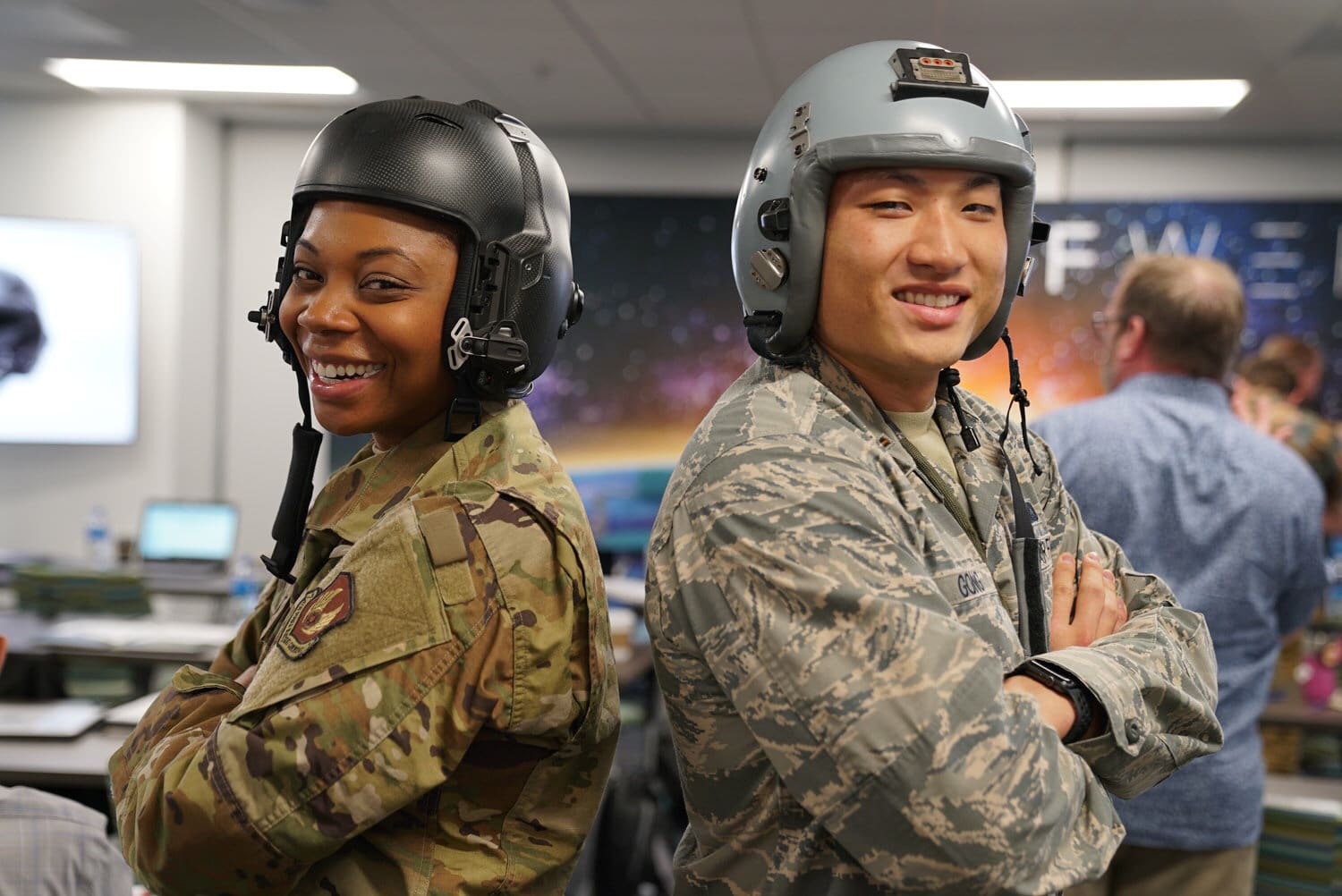
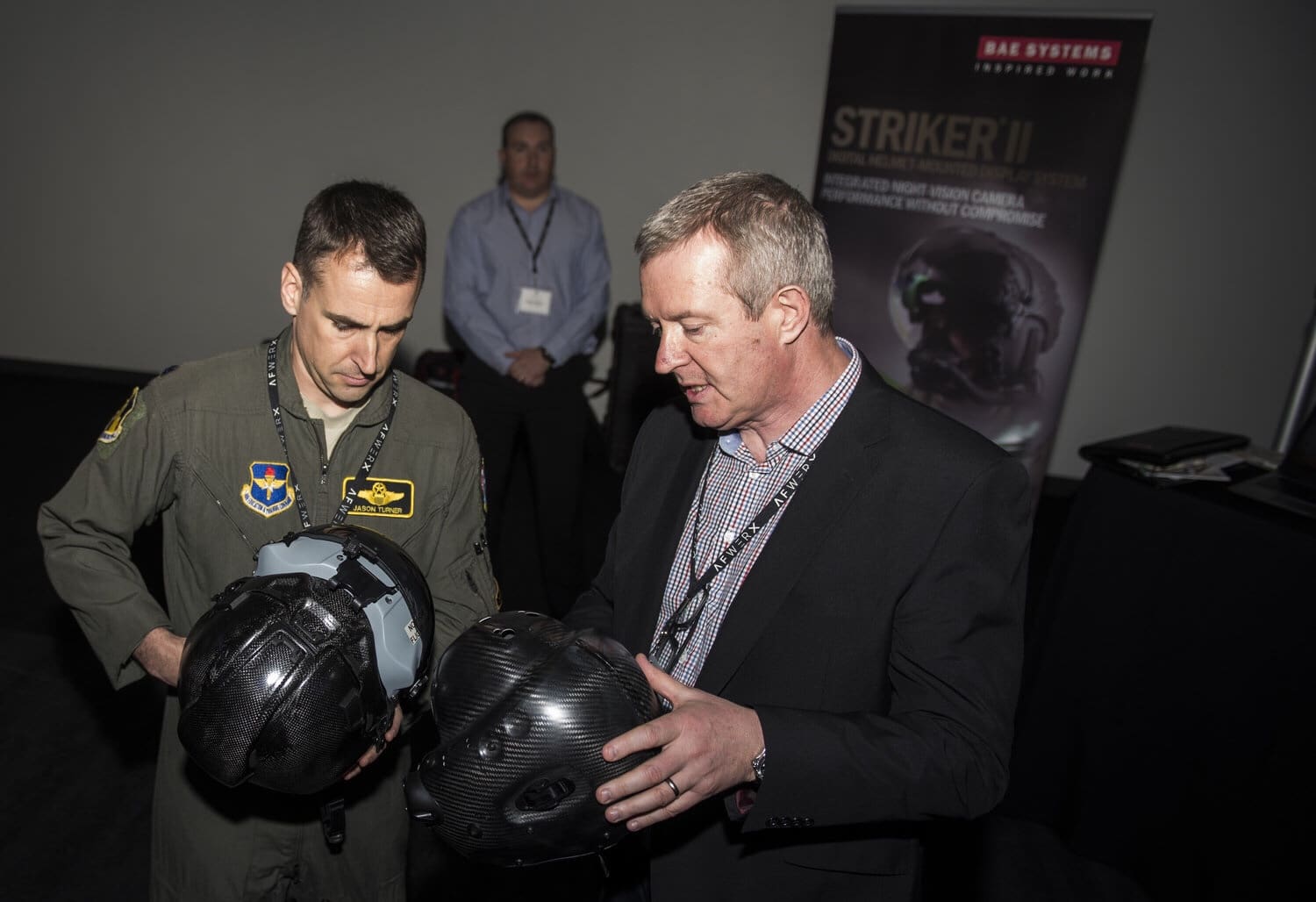
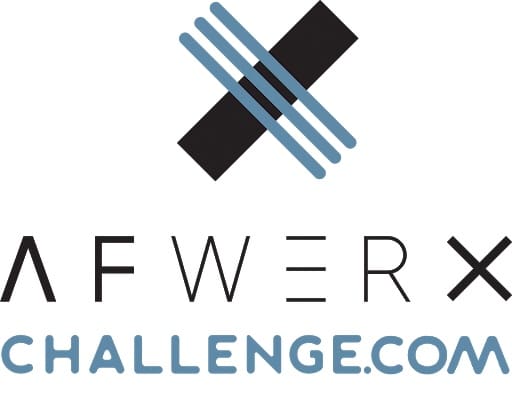
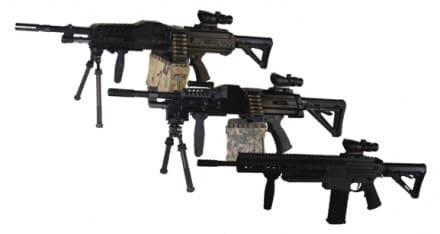
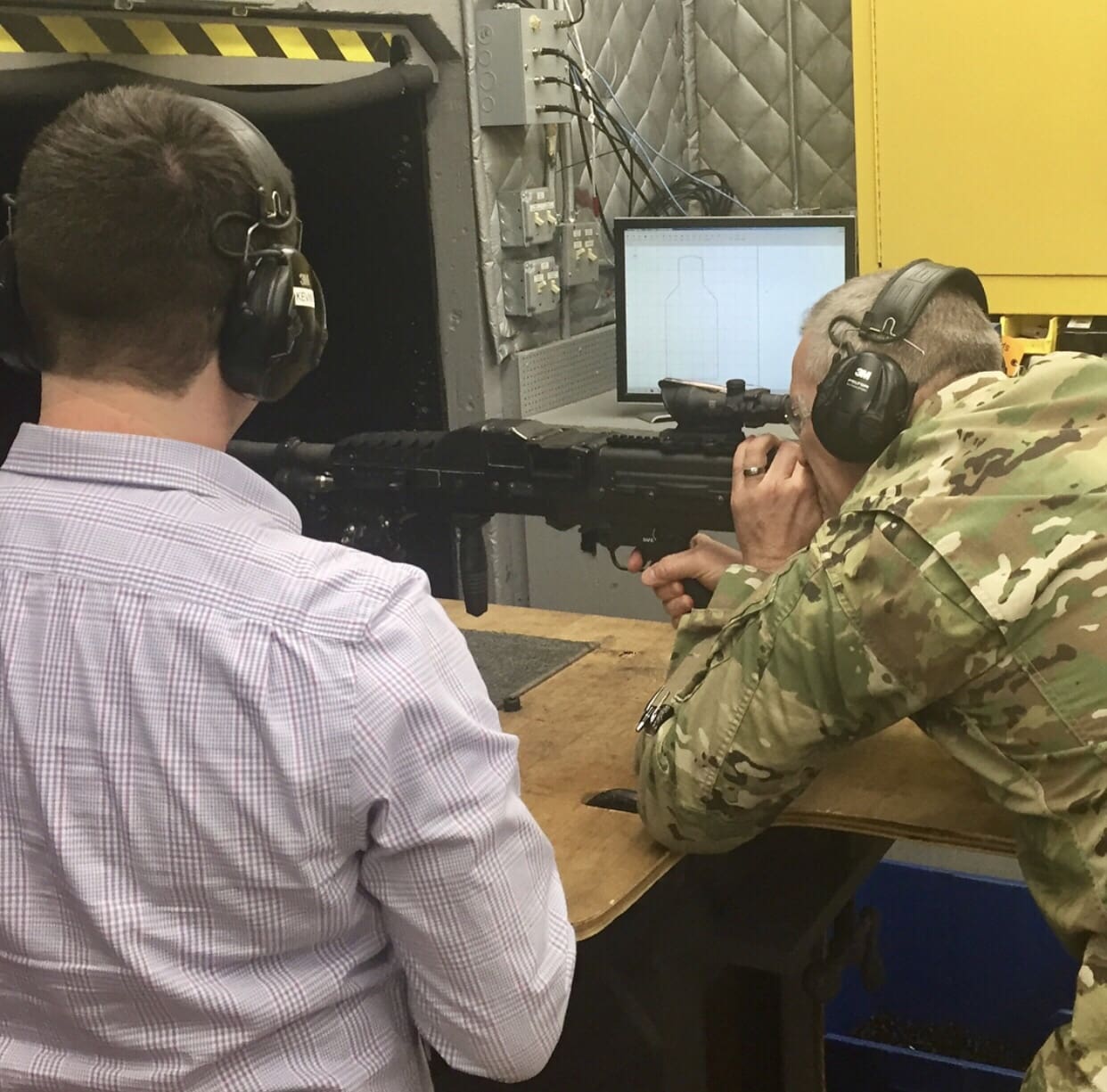
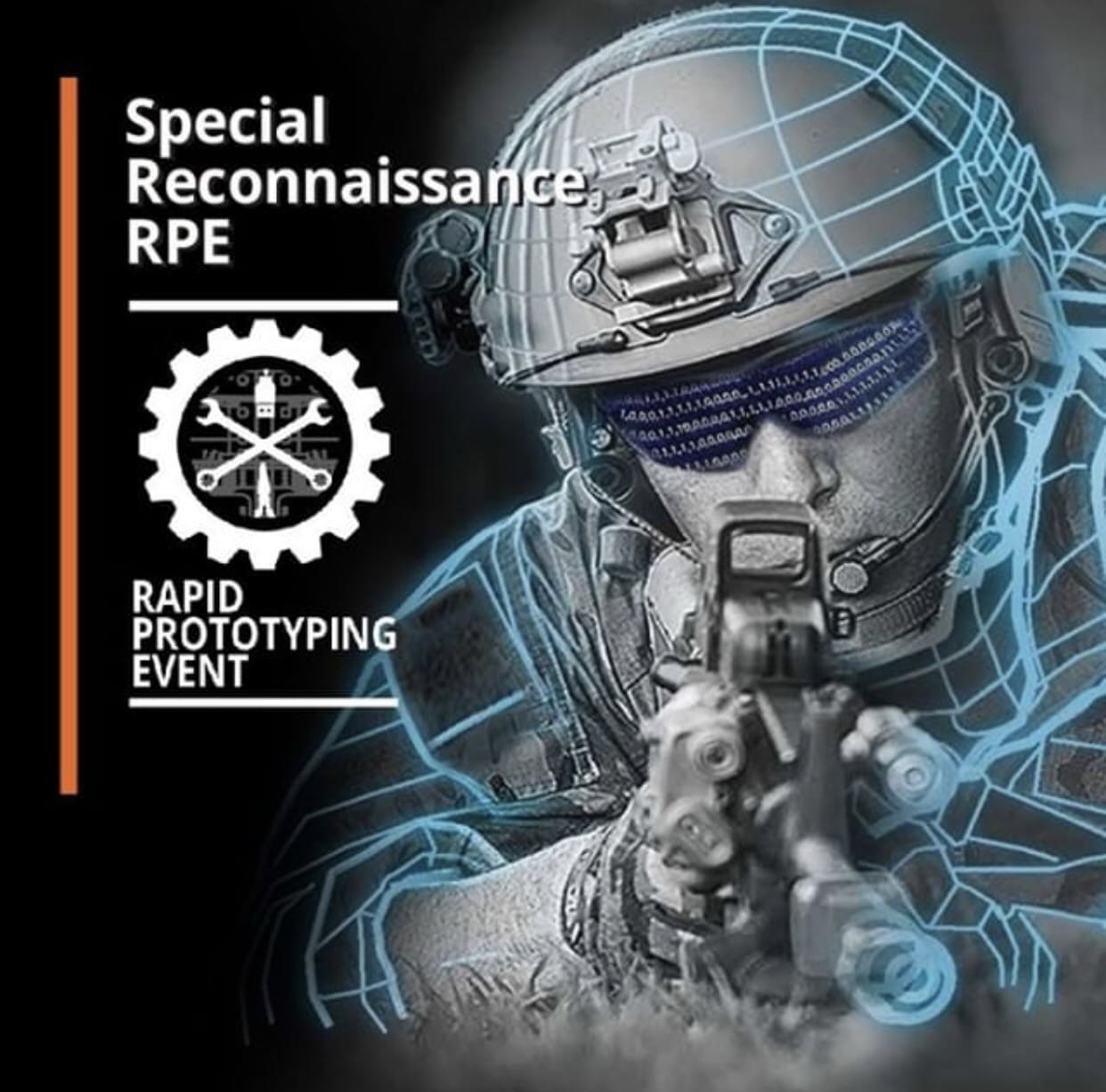
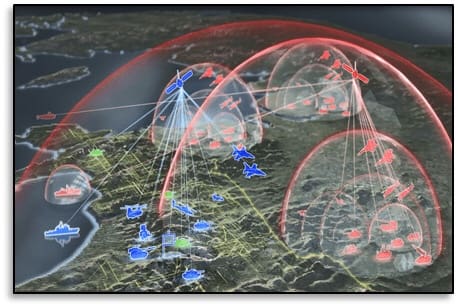 1) The Army is having an “Own the Night” moment. It has the opportunity to gain a competitive advantage over adversaries who have spent large amounts of capital and effort on gaining overmatch in niche areas like Anti Access/Area Denial (A2/AD) and anti-tank capabilities. The Army can “Own Unmanned and Autonomous Warfare.” There is a sweet spot in
1) The Army is having an “Own the Night” moment. It has the opportunity to gain a competitive advantage over adversaries who have spent large amounts of capital and effort on gaining overmatch in niche areas like Anti Access/Area Denial (A2/AD) and anti-tank capabilities. The Army can “Own Unmanned and Autonomous Warfare.” There is a sweet spot in 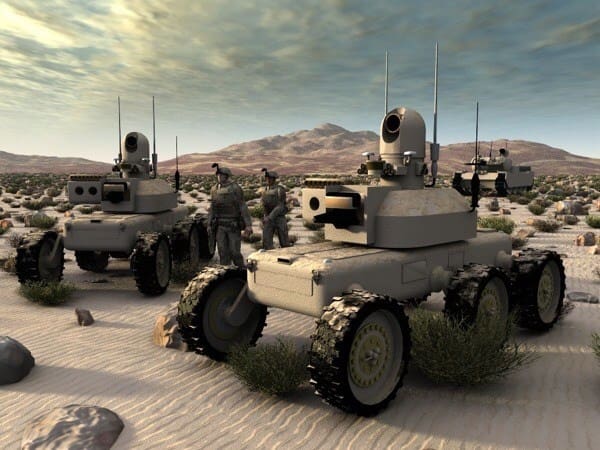 2) Setting norms in AI/autonomy may accelerate development as researchers and programmers have defined left and right boundaries. Currently, uncertainty and lack of clarity are causing delays and trepidation in their development. If the DoD establishes the absolute boundaries of its AI and autonomy policies, it can streamline R&D, S&T, and acquisition / modernization. However, setting firm left and right boundaries does present some risk — with reduced development and asymmetry in adversarial AI development and implementation.
2) Setting norms in AI/autonomy may accelerate development as researchers and programmers have defined left and right boundaries. Currently, uncertainty and lack of clarity are causing delays and trepidation in their development. If the DoD establishes the absolute boundaries of its AI and autonomy policies, it can streamline R&D, S&T, and acquisition / modernization. However, setting firm left and right boundaries does present some risk — with reduced development and asymmetry in adversarial AI development and implementation. 3) Artificial Intelligence and Trust. Successfully incorporating AI into Army formations to gain and maintain competitive advantage over adversaries in an increasingly contested OE will require bridging the gap between AI and humans by
3) Artificial Intelligence and Trust. Successfully incorporating AI into Army formations to gain and maintain competitive advantage over adversaries in an increasingly contested OE will require bridging the gap between AI and humans by  4) The Increased Crowding of Space will Create Operational Challenges for the US Army: A maneuver Brigade Combat Team has over 2,500 pieces of equipment dependent on
4) The Increased Crowding of Space will Create Operational Challenges for the US Army: A maneuver Brigade Combat Team has over 2,500 pieces of equipment dependent on 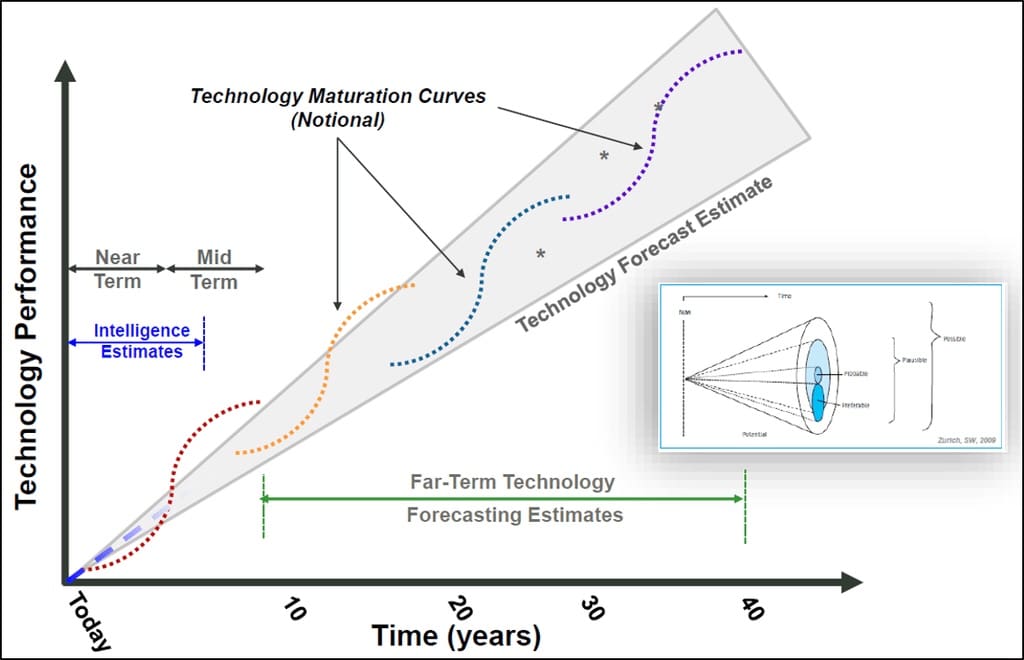 5) Technology forecasting helps us understand what is probable, but with proper planning based on this insight, we can begin to determine what is necessary and
5) Technology forecasting helps us understand what is probable, but with proper planning based on this insight, we can begin to determine what is necessary and 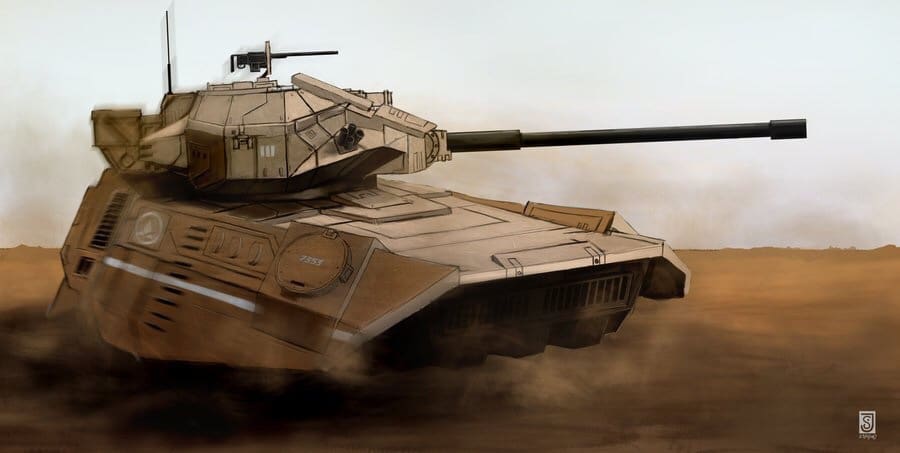 6) Scaling up technology in the military may necessitate a change to the ways in which they are developed. The rapidity of technological advancement may force development of whole systems – counter to current acquisition processes – rather than individual technology segments.
6) Scaling up technology in the military may necessitate a change to the ways in which they are developed. The rapidity of technological advancement may force development of whole systems – counter to current acquisition processes – rather than individual technology segments.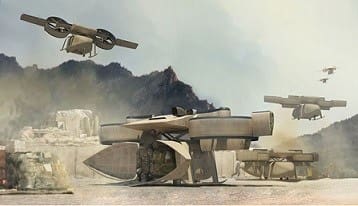 7) Disposable versus Exquisite: Current thinking espouses technologically advanced and expensive weapons platforms over disposable ones, which brings with it an aversion to employ these exquisite platforms in contested domains and an inability to rapidly reconstitute them. In large-scale ground combat operations with a peer competitor, the ability to reconstitute will be imperative. The Army (and larger DoD) may need to shift away from large and expensive systems to cheap, scalable, and potentially even disposable unmanned systems.
7) Disposable versus Exquisite: Current thinking espouses technologically advanced and expensive weapons platforms over disposable ones, which brings with it an aversion to employ these exquisite platforms in contested domains and an inability to rapidly reconstitute them. In large-scale ground combat operations with a peer competitor, the ability to reconstitute will be imperative. The Army (and larger DoD) may need to shift away from large and expensive systems to cheap, scalable, and potentially even disposable unmanned systems. 8) Leveraging Allies in Fielding Future Technology: International Joint projects with our allies have benefits in cost-sharing, interoperability, and fostering cultural diversity in the development of crucial, complex technologies. Just as NASA collaborated with a variety of international partners for its Europa Clipper mission, so to could the U.S. Army when it comes to AI and autonomous warfare, as well as quantum information sciences, hypersonics, and directed energy weapons.
8) Leveraging Allies in Fielding Future Technology: International Joint projects with our allies have benefits in cost-sharing, interoperability, and fostering cultural diversity in the development of crucial, complex technologies. Just as NASA collaborated with a variety of international partners for its Europa Clipper mission, so to could the U.S. Army when it comes to AI and autonomous warfare, as well as quantum information sciences, hypersonics, and directed energy weapons.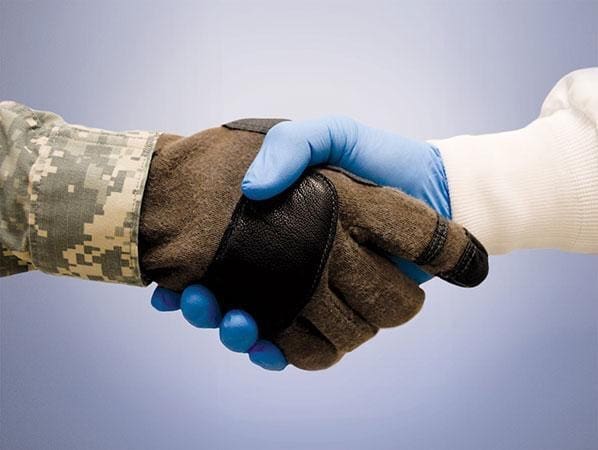 9) The Army should expand its learning beyond past combat actions and open
9) The Army should expand its learning beyond past combat actions and open 10) The Changing Nature of Information Warfare: The prevalent and growing presence of fake news, data, and information, coupled with
10) The Changing Nature of Information Warfare: The prevalent and growing presence of fake news, data, and information, coupled with 